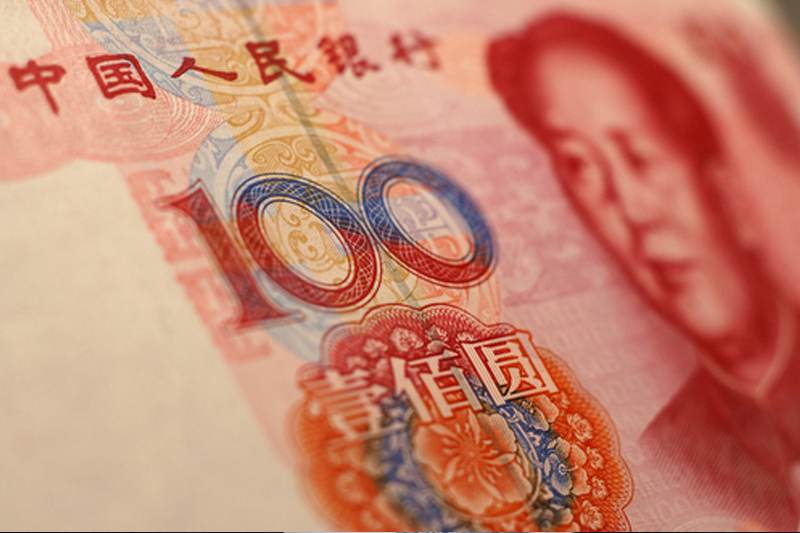Investing.com - The Aussie gave up initial gains in Asia on Monday after a better-than-expected Caixin PMI reading from China.
The U.S. dollar index, which measures the greenback’s strength against a trade-weighted basket of six major currencies, rose 0.09% to 95.48. AUD/USD traded down 0.17% to 0.7676, while USD/JPY changed hands at 112.41, flat.
Caixin's China manufacturing PMI for June beat expectations, offering hope the world's second-largest economy continues to defy expectations for a slowdown.
The private survey came in at 50.4, marking a three-month high. It was up from May's 49.6, which was an 11-month low, and beat a Reuters poll forecast for 49.5.
Last week, the dollar steadied on Friday, but still ended the week close to nine-month lows amid expectations that several major central banks around the world are getting ready to join the Federal Reserve in tightening monetary policy.
Investor expectations mounted for tighter monetary policy across the globe after the heads of the European Central Bank, the Bank of England and the Bank of Canada adopted a more hawkish view on monetary policy.
Hawkish signals from foreign central banks contrasted with doubts over whether the Federal Reserve will be able to hike rates again this year given a recent batch of weak U.S. economic data and growing skepticism that the Trump administration will be able to deliver on its pro-growth agenda.
Policymakers at the Bank of Japan have indicated that they favor sticking to ultra-loose monetary policy, with inflation still well below the banks 2% target.
The divergent monetary policy outlook between the Fed and the BoJ has helped support the dollar against the yen.
In the week ahead, investors will be focusing on Wednesday’s minutes of the Fed’s latest meeting for fresh cues on the timing of the next U.S. rate hike. Friday’s U.S. jobs report for June will also be closely watched.
